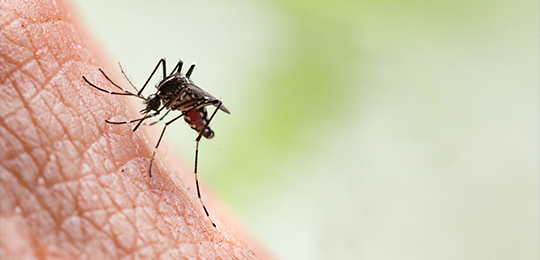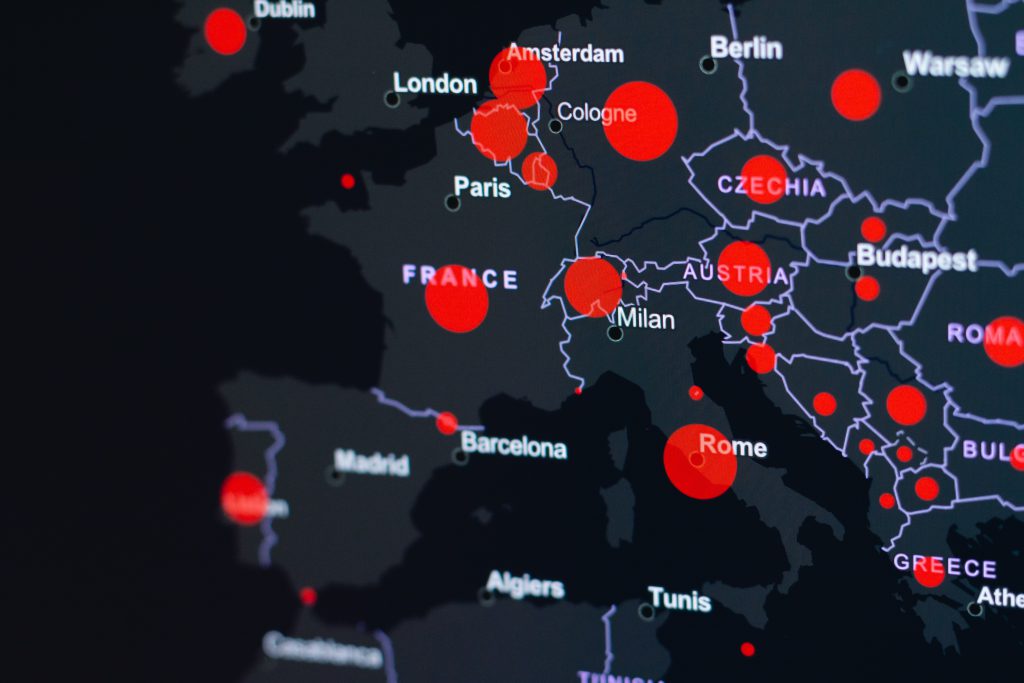Services & goals
Qista’s goal: solve the mosquito problem through an analytical and environmental approach on a large scale.
Qista offers a range of services to the various actors involved in population, public (regions, towns, etc.) or private (airports, operational sites of large companies, etc.) safety, to support them in their fight against mosquitoes or vector-borne diseases.
Preliminary study

A truly remote investigation, the preliminary study raises proliferation hypotheses that will be checked and examined during the field study.
These studies can be carried out for small-sized structures such as schools or parks, as well as for more extensive areas such as entire neighbourhoods, airports or even towns.
This preliminary study consists of
- Mapping the area to be studied using existing plans, satellite images and available photos.
- Researching land use information (urbanisation, type of land, population size, etc.)
The aim is toidentify places with high proliferation potential within the area which will require particular attention during the field study.
Field study

This field audit completes the preliminary study to establish a diagnosis of large scale nuisance. It take places in 2 stages:
- Site study and analysisby Qista specialists on site.
- Processing and analysis of surveyed dataduring the visit and comparison of results from the preliminary study.
These studies can be carried out for small-sized structures such as schools or parks, as well as for more extensive areas such as entire neighbourhoods, airports or even towns.
In the case where the mosquito found in the area is clearly identified as a disease vector, Qista provides real support when taking decisions on vector control.
Monitoring

Installing mosquito traps not only controls mosquitoes in certain geographical areas but alsocollects and transmits real time data such as:
- Amount captured
- Identification of captured species
- Weather conditions
- Geo-tracking
Some of these details are accessible directly from the remote control interface on the traps, others are transmitted directly to Qista’s big data analysts. In the short term, this data helps to anticipate episodes of intense mosquito disturbance, as well as predicting mosquito population growth and intensity of future breeding waves in the medium term.
Predictive mosquito control

Thanks to the information provided by each installed trap and by MONIPREV, the software specifically developed by Qista, Qista’s big data analysts carry out monitoring tasks, prediction of mosquito proliferation and the spread of vector-borne diseases.
Predictive analysis
Analysis of the proliferation, capture data and mapping of mosquito swarms to form predictions of mosquito population development for the coming years.

Real time entomological monitoring
Report information to clients in real time to take appropriate, quick and targeted actions (research new breeding grounds, preventive measure aimed at populations, etc.) Depending on this information, Qista makes available a range of preventive measures: elimination of breeding grounds and their cause (most often stagnant water), increased traps on risk sites or even changing the environment of the site to be protected depending on the diagnosis.
Qista will not propose preventive chemical treatment, whether it be adulticide or larvicide. These treatments go against the clean mosquito control efforts promoted by the business. The unreasonable use of these solutions increases the chances of insect dependency on products and encourages environmental pollution..

Premature epidemic diagnosis and preventive healthcare
Reconciliation of mosquito population data with individual health details of those with symptoms to detect risks of an epidemic as soon as possible.

Reconciliation of mosquito population data with individual health details of those with symptoms to detect risks of an epidemic as soon as possible.
Reporting tools and dashboards made available to study capture changes by period, location and count of different species of mosquito present in the area.

Mapping of risk areas
Identification mapping and geo-tracking of risk areas to increase vigilance of those most under threat.
Qista’s goals take mosquito control to the next level with even more services suited to both large scale requirements and environmental issues.















